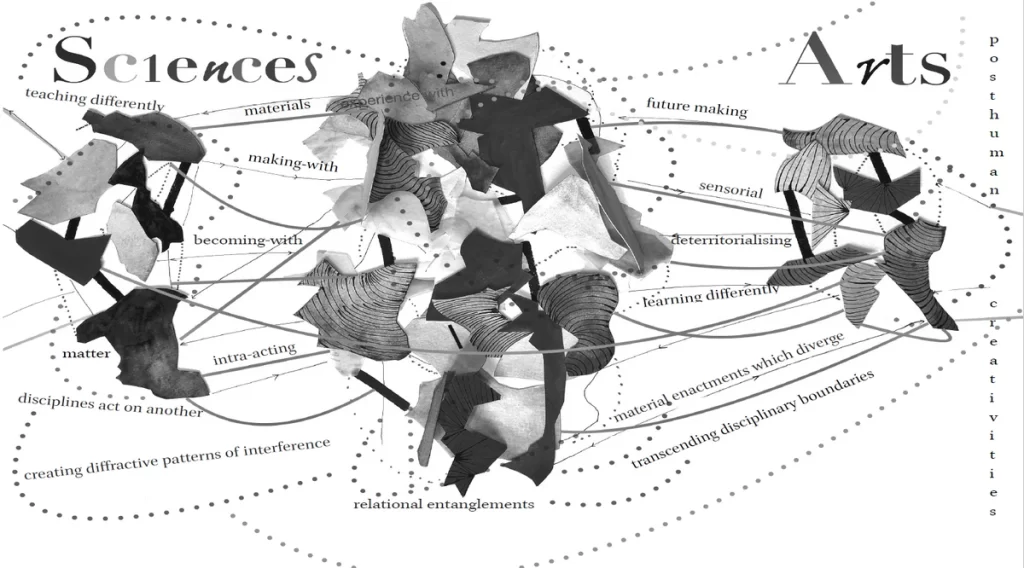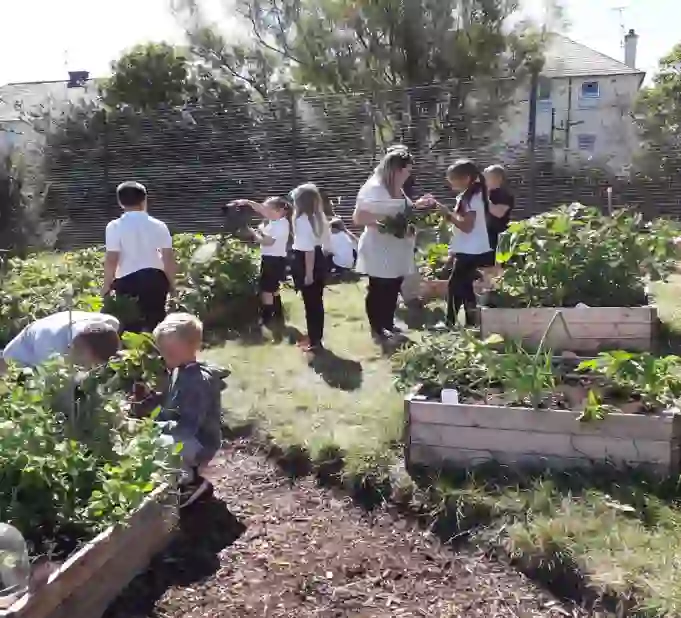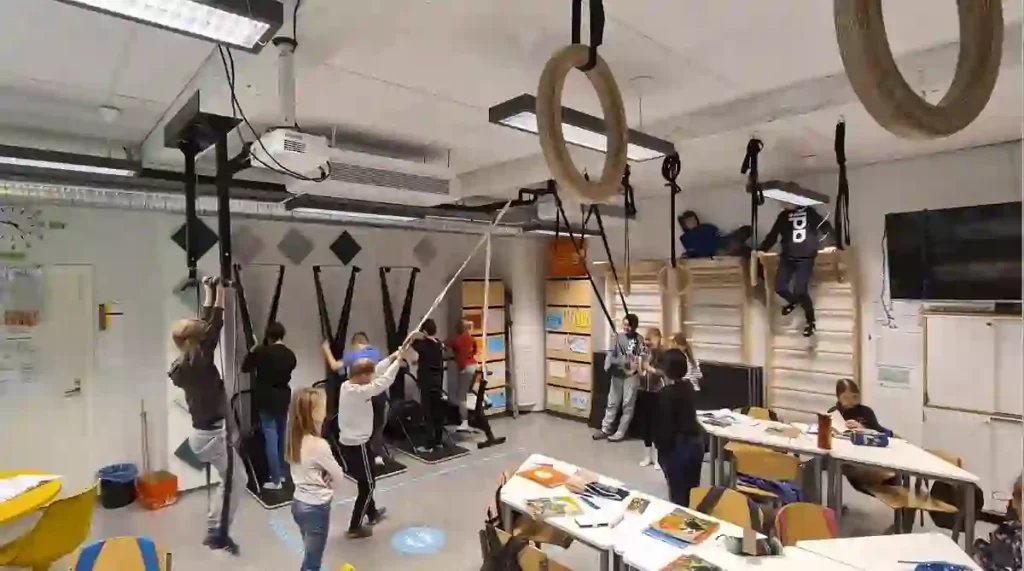Future-Making Education
Including key excerpts from Pam Burnard’s CES 2022 presentation
Education is the means by which a society ensures its own future. Education brings generations together in the common task of making a future for all. However, the future is not waiting for young people to be ready for it. Developing creative thinking skills that uniquely move education beyond siloed practices, and works to advance future-making and sustainable futures in the Anthropecene, is surely one which is addressing the timely question of what is education for.

Understanding how sciences and arts meet and come to matter requires the erasure of ‘subject silos’ and activation of new ways of entangling subject disciplines; not simply as spaces for acquisition of knowledges and skills but as transdisciplinary creativity (forms of authorings, practices, modalities).
These (co-)authorings have potential for real impact on (and through) the individual as we enact creative, critical, communal and collective ways of transforming education.
Transdisciplinarity:
- Transdisciplinarity is that which transgresses and transcends disciplinary boundaries.
- Its characteristic features include problem focus (contextualized in ‘real-world’ problems)
- Transdisciplinarity recognises the contributions and intraactions between human and non-human and more-than-human
Petrie (1992), Bateson, 2000/1972; Gosetti-Ferencei, 2018, Russell et al, 2008.
Some questions that may challenge traditional discipline boundaries:
- What if the learning spaces of a schoolground were extended outdoors where they could critically and experientially tackle climate change, agricultural practices, mass consumerism, nutrition, environmental sounds and sciences?
- What if they could develop their transdisciplinary creativity (and critical thinking and creative thinking skills) by identifying the real, perhaps underlying and hidden, problem to solve, rather than the one that was visible and obvious at the start
- What if we could justify this as an activity of value for both the children and the teachers and the parents.
A Case Study- Cultivating Creativities in STEAM Gardens
Find out more about this book, co-authored by the GIoCT Vice-Chair of the Advisory Board, Michael Anderson, and purchase it at the amazon link here.
(Donald Gray and Laura Colucci-Gray with Louise Robertson)

This example of transdisciplinary creativity is a great example of how educators can emply the principles introduced above. This project answered the bullet points from the above paragraph in the following way:
- When learning spaces of the school were extended outdoors, students can critically and experientially tackle climate change, agricultural practices, mass consumerism, nutrition, environmental sounds by ‘making-with’ steam gardens
- Transdisciplinary creativity (and critical thinking and creative thinking skills) were identified and made visible in the curriculum-pedagogy assessment nexus by ‘making-with’ steam gardens
- The ‘making-with’ steam gardens were clearly jusitified as an activity of value for both the children and the teachers and the parents
Activating Creativities by Emphasizing Health and Well-Being:
a Holistic Pedagogical Practice from Finland
From the book: Burnard, P., and Loughrey, M. (Eds) (2021) Sculpting New Creativities in Primary Education (Unlocking Research/Inspiring Research Informed Practice Series). London: Routledge
The following classroom practices are taken from chapter 7 of the above book, which focuses on pedagogic creativity. These are key characteristics for a teacher to demonstrate should they want to foster creative thinking in their students. How might these apply to your learning enviornment and/or teaching style?

- Transparency: just like their students, teachers are encouraged to become themselves. Teachers should not feel the need to act like they know it all in front of their students. They should tolerate mistakes – including their own – and reveal themselves as vulnerable human beings.
- Passion: to run the extra mile together with the students and to be ready to recognize the unseen in each student.
- Humility: to be open, unlocked to not be confined to just one version of your world, to be able to listen to new ideas, and take suggestions even from those that reflect different views.
- Adventurousness: is seen when kids are wanting to be bold, or to take the risk to try a new way to solve a problem, or to be open to a new idea. It is also seen in teachers who do not always have to approach a subject in the same way they always have, or to experiment with new learning environments.
- Persistence: is necessary to cultivate the culture of not giving up and can be seen when kids are wanting to stay in school even when the school day is over.
- Patience: is an essential quality to value the qualities of each student. To give them enough time to grow. To accept that learning takes a lifetime to complete.
Conclusion
As stated in the opening paragraph, the future is not waiting for young people to be ready for it. Developing creative thinking skills that uniquely move education beyond siloed practices, and works to advance future-making and sustainable futures in the Anthropecene, is surely one which is addressing the timely question of what is education for.
For you, what possibilities emerge from these insights?
